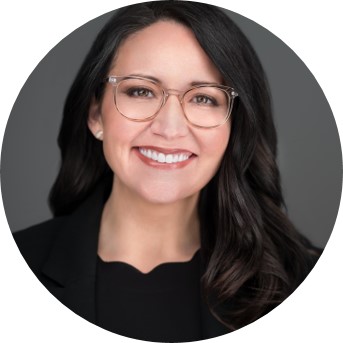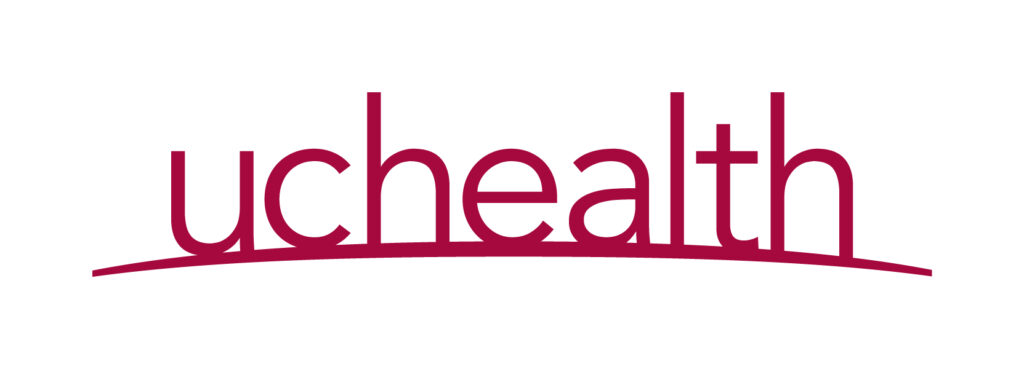
Amanda Anthony, Vice President of Patient Navigation at UCHealth, sat down with Rebecca Haymaker, a Patient Access as a Service leader at Hummingbird, for a Q&A session delving into UCHealth’s initiatives to enhance patient access and navigation. Learn more about Hummingbird’s partnership with UCHealth and how we’re working together to enhance patient access here.
Rebecca: UCHealth is recognized as an innovator in the industry. What are some of the most impactful initiatives UCHealth has undertaken in the past year to improve patient access and navigation?
Amanda: I would love to answer that– some of the initiatives that rise to the top are:
- Developing and expanding our Centralized Access Support Team (CAST), a team of experts that provide clinic-level support to optimize provider templates, decision trees, and online scheduling.
- We’ve made a lot of headway reducing administrative burden through automation and Epic optimizations. With IT optimizations and further centralization of medication refill protocols, we’ve improved encounter routing, eliminated manual tasks, and reduced duplication. Teams are seeing great results and efficiency hours gained.
- Online scheduling for specific Radiology modalities has increased significantly, specifically with mammogram, MRI, CT, and ultrasound. Our work with an Outbound Radiology SMS implementation has allowed us to go from 16 days to patient scheduled to 2 days!
Rebecca: Really exciting to hear about some of the work over the last year. Looking ahead and considering the rapid advancements in artificial intelligence, where do you anticipate AI playing a transformative role in enhancing patient access?
Amanda: There are three key areas where I see AI transforming the care that we provide at UCHealth.

- Conversational AI: This is where I really see AI making the most transformative impact. UCHealth has a virtual assistant called ‘Livi’. We’ve given her an individual persona, and we’re using her to help understand and process human language to synthesize patient needs and to serve up information for our navigators, staff, and providers.
- Call Navigation: With AI-assisted scheduling, we use algorithms to analyze data to determine the most sustainable appointment times, reduce wait times, and optimize flow and capacity, which enables us to use other resources more efficiently and deliver better care. We’re undergoing a pilot now using a virtual assistant to direct incoming calls to hospital operators and clinics.
- Context-Aware Recommendations: AI tools analyze voice and screen data during patient calls to summarize patient interactions and make real-time suggestions for relevant resources, limiting manual search time and enabling agents to provide prompt, personalized service.
Rebecca: Let’s talk a little bit about the work with Hummingbird. We’re coming out of our Benchmark stage and moving into the Improve stage together. Could you tell us a little bit about where you’re focusing your initial efforts to improve patient access with Hummingbird and what factors influenced the selection of those areas?
Amanda: When we think about our patient access and navigation approach at UCHealth alongside our engagement with Hummingbird, we’ve really continued to prioritize patient preference. How, when, and where do patients want to receive their care? We’ve looked at using our app to make an easier interface for virtual care, finding ways to prevent patients from having to leave their home. Our efforts with medication refill optimization, integrated scheduling opportunities, and standardization all contribute to our efforts to provide patients with the care they need in the way they want to receive it.
Alongside this, we’ve been thinking about our teams – our physicians, advanced practice providers, other clinicians, and non-clinicians – shifting their focus and time to top of scope work while leveraging automation and technology. We use technology not for its own sake, but to reduce the burden on the people who are providing care to our patients – that is so essential. Even with AI enhancements, we will always need compassionate people doing the work and bringing everything together to create a well-coordinated, seamless care experience.
When you focus on keeping patients front and center and free up your teams to provide excellent care, it leads you naturally down the path that we have gone with Hummingbird. We’re thinking about the projects that we need to do to improve, and also our approach to patient access operations.

Rebecca: Sounds exciting- can’t wait! What are some of the key lessons you’ve learned from your partnership with Hummingbird that could serve as a model for other healthcare organizations seeking to enhance patient access?
Amanda: This one is assumed, but it’s always good to call out that we need to do what’s right for the patient. Being in healthcare, we know this, but sometimes we forget why we’re doing this work – really listening to patients telling us how they want to be cared for in today’s world. So, with our work with Hummingbird, we’ve constantly gone back to: What is the right thing to do for our patients?
Having a compelling ‘why’ that everybody can get behind is key, especially when we are doing something with Hummingbird that is uncharted territory.
It’s been fun to think about where we can go with Hummingbird, what the industry needs, and how to be strategic partners. We’re able to embark on this journey in large part due to the creation of a new internal structure called Patient Access and Navigation (PAN), a group that works to lead change and mobilize teams to accomplish access and navigation goals. PAN helps keep the momentum, guides the storytelling, and supports the change management behind the work being done. It’s exciting that we built it without knowing Hummingbird was in our future and seeing how well it has aligned!
One thing I’ve valued about working with Hummingbird is their focus on understanding not only UCHealth’s objectives but also bringing the perspective of the broader industry.
Many of us at UCHealth have years of experience focusing on our needs. What I appreciate about our work with Hummingbird is their ability to say, “That’s great – here’s what we’re hearing from other areas.” This approach helps us develop solutions that address not only our specific challenges at UCHealth but also contribute to industry-wide solutions.
Hummingbird has also helped us think differently about nurturing our talent and creating opportunities for individuals, taking a comprehensive approach, and thinking differently about the way we engage humans in this work.
Finally, making sure that we’re having fun together! It has been exciting for UCHealth and for Hummingbird to learn, listen, and work on this together. We often lose sight of this, because the work is hard and what we’re trying to do is so different but that is something we’ve appreciated!
Rebecca: It’s certainly an exciting time to be in access. There are a lot of opportunities and a lot of things on the horizon!
Interested to learn more about Hummingbird’s benchmark, improve or operate services? Connect with one of our experienced healthcare advisors today.